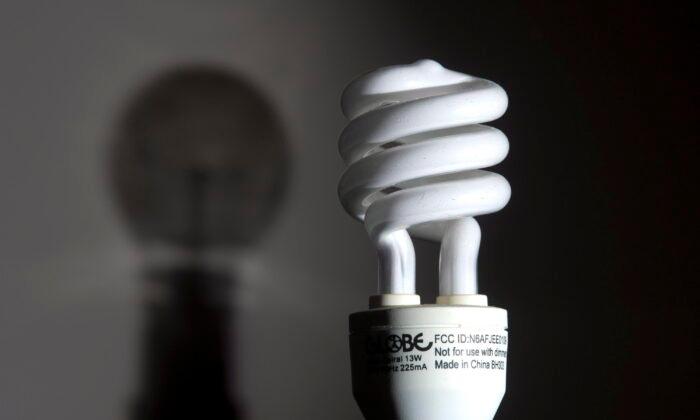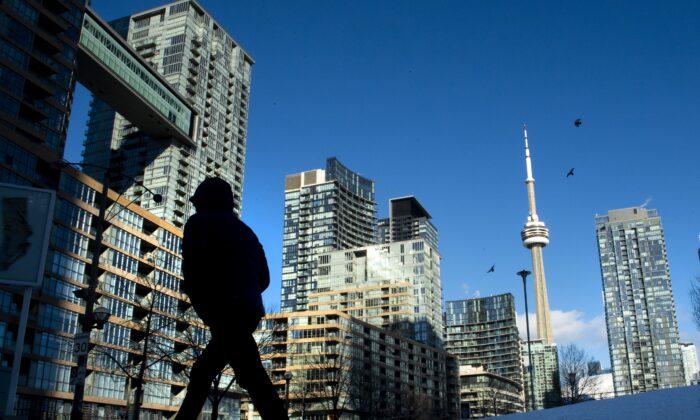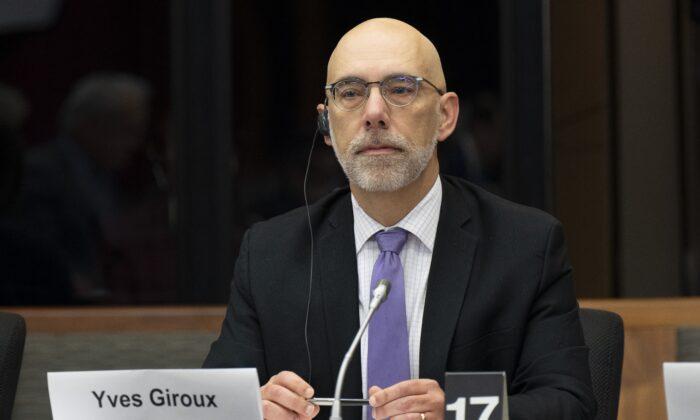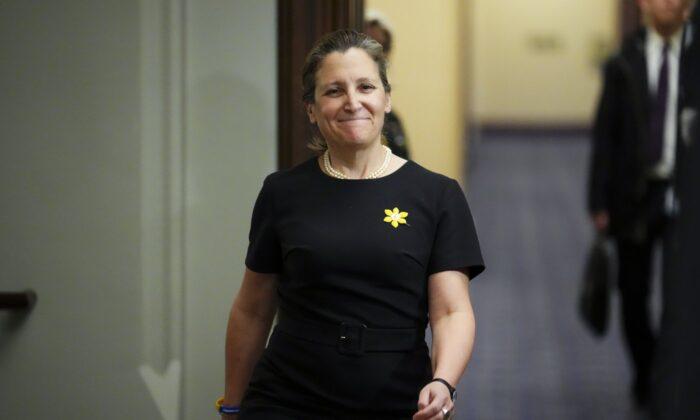Canada will phase out compact fluorescent lightbulbs (CFLs)—once believed to be a green alternative to incandescent bulbs—within the year due to concerns of mercury pollution, says the federal Department of Environment.
The department said the year-long delay in phasing the bulbs out will give retailers the time they need to “sell their stock.”
“Even when a CFL is broken, there is a very low risk to your health, unless you mishandle it or store it carelessly,” it adds.
The environment department wrote in its impact analysis statement that landfilling of CFLs led to the dumping of about 300 kilograms of mercury every year, which it flagged as unsafe.
The department advised in the statement that Canadians instead use mercury-free lightbulbs going forward, while acknowledging that purchasing LED alternatives to CFLs will cost Canadians a total of $35 million a year.
Safety
The federal government previously wrote that Health Canada conducted tests on UV radiation and EMF emissions levels from CFLs and found them to be safe.The same page also said that some individuals had reported adverse health effects from the light emitted by CFLs, such as headaches, eye strain, and depression.
“It may be possible that a small number of people are more sensitive to CFLs as noted above; the majority of people are not,” it said. “Health Canada will continue to review the scientific evidence as it becomes available, and act if any potential risk is found.”
“We all have a role in protecting the health of our communities and reducing greenhouse gases,” he said. “Project Porchlight is accomplishing both goals—one light bulb at a time.”





